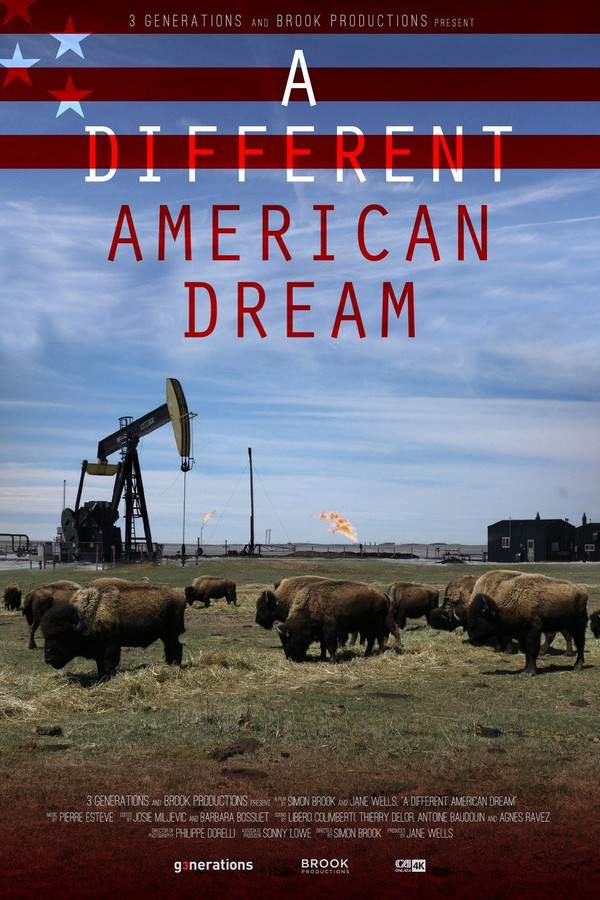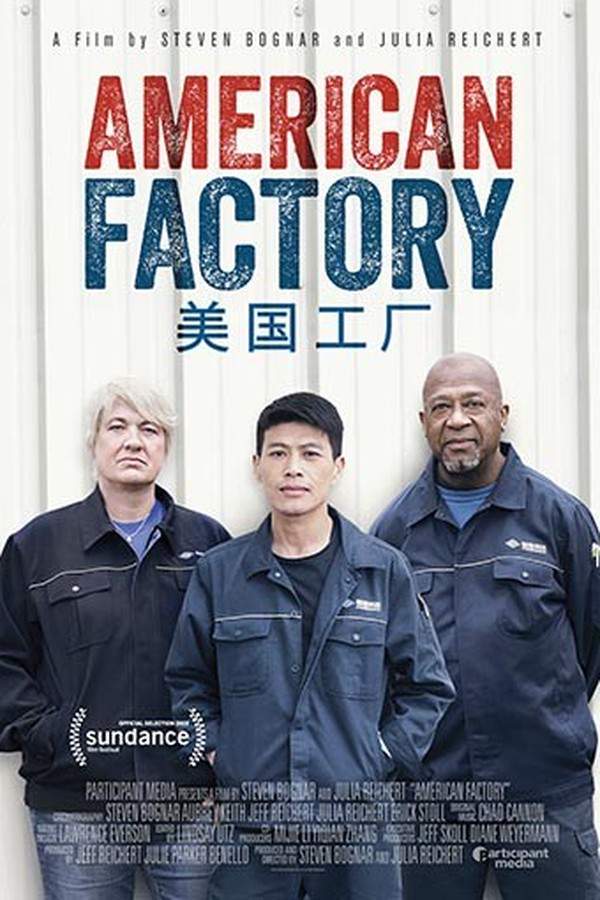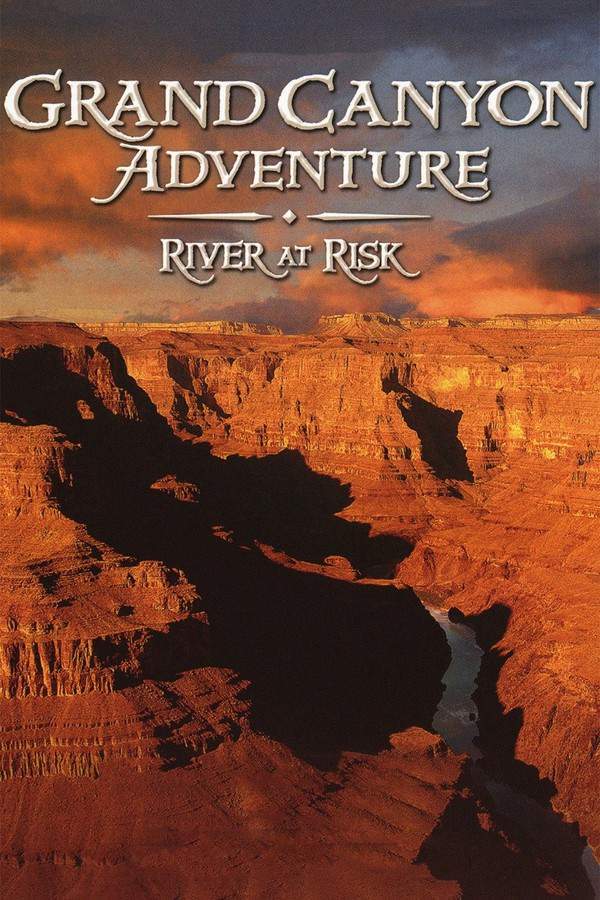
A Different American Dream 2017
Directed by

Simon Brook
Made by

First Run Features
A Different American Dream Plot Summary
Read the complete plot summary and ending explained for A Different American Dream (2017). From turning points to emotional moments, uncover what really happened and why it matters.
Fort Berthold Indian Reservation serves as the ancestral home to the Three Affiliated Tribes of the Mandan, Hidatsa, and Arikara (MHA). This reservation is uniquely positioned within the Bakken Formation, which is known as the largest shale oil field in all of North America. Nowadays, the area finds itself enveloped in the turmoil of oil exploration and hydraulic fracturing (fracking). The very landscape is marred by the presence of oil pumps, towering fracking rigs, hazardous waste dumps, and an extensive underground network of pipes. Over countless miles of subterranean pipelines, oil is transported from, through, and across the reservation. While the oil industry presents significant economic prospects for certain tribal members, it simultaneously poses grave risks to the cultural integrity and environmental health of the entire community and its land.
At present, Fort Berthold is home to around 6,500 members belonging to the MHA Nation. Spanning one million acres, this expansive reservation contains 21 fracking rigs, 1,400 operational oil wells, and a staggering 1,992 wells that are deemed potentially exploitable. The recent surge in the oil industry has propelled North Dakota to quickly become the second-largest oil-producing state in the United States, achieving an impressive peak of approximately 1.3 million barrels per day from almost 9,000 wells. However, the MHA Nation faces significant environmental repercussions as a result of this extractive industry, with little to show in terms of local benefits; distressingly, the average life expectancy among reservation residents is a striking 57 years, compared to 79 years for the rest of North Dakota. Alarmingly, fewer than 15% of tribal members are reaping the benefits of the oil boom.
The influx of outside wealth triggered by the oil boom has wreaked havoc on the social dynamics within the community, leading to an array of new challenges on the reservation. The rate of suicides and unforeseen deaths has escalated, alongside increased incidents of violent crime, substance abuse, and sex work. Against this backdrop of confusion and instability, tribal leaders, including Chairman Mark Fox, are earnestly striving to safeguard their land and ensure a stable future for their people. For many within the MHA Nation, this latest oil rush is merely a continuation of a long history characterized by the exploitation of their lands and the erosion of their way of life.
This struggle echoes back to the 19th century, when a devastating smallpox epidemic virtually annihilated the Mandan and severely reduced the populations of the Hidatsa and Arikara tribes. Such tragedies led to the three tribes coming together to form one cohesive nation. Later, in the late 1940s, the establishment of the Garrison Dam resulted in the flooding of their lands, creating Lake Sakakawea and forcing numerous tribal members to relocate to less fertile highlands, compounding their existing poverty. Today, fracking and oil drilling continue to represent yet one more formidable obstacle to the peace, health, and sovereignty of the tribe. Chairman Mark Fox’s poignant assertion encapsulates this sentiment: “we are not going to trade revenue for having no place to live.”
A Different American Dream Timeline
Follow the complete movie timeline of A Different American Dream (2017) with every major event in chronological order. Great for understanding complex plots and story progression.
Establishment of Fort Berthold Indian Reservation
The Fort Berthold Indian Reservation was established as the home for the Mandan, Hidatsa, and Arikara (MHA) tribes. This area was chosen to provide a space for the tribes to preserve their culture and heritage.
Discovery of Bakken Formation
The Bakken Formation was discovered to be the largest shale oil field in North America, located beneath the Fort Berthold Indian Reservation. This discovery sparked a rush of interest from oil companies and changed the landscape of the reservation forever.
Rise of Oil Exploration
Oil exploration and fracking operations began rapidly encroaching on the reservation. The area transformed dramatically, filled with oil wells, fracking towers, and infrastructure to support the booming industry.
Environmental Impact of Oil Industry
The oil industry brought substantial economic opportunity but at the cost of severe environmental degradation. The land became littered with toxic waste dumps and the threat of contamination loomed over the community.
Economic Disparities and Wealth Influx
Despite the economic boom from oil, the majority of the tribal members experienced widespread poverty. Less than 15% of the tribal population benefitted from the oil wealth, leading to a stark contrast between a sudden influx of money and ongoing economic struggles.
Health Crisis in the Community
The average life expectancy on the reservation plummeted to 57 years, significantly lower than the state average of 79. This decline signifies the deteriorating health conditions fostered by the environmental and social challenges faced by the community.
Social Fabric Disruption
The sudden arrival of outside money and the chaotic changes in the community led to increased social issues. Rates of suicide, drug abuse, and violent crime rose alarmingly, fracturing the once tight-knit community.
Tribal Leadership's Response
Amidst the turmoil, tribal leaders like Chairman Mark Fox began efforts to protect their land and the future of their people. Their focus was on balancing economic opportunities with the preservation of their cultural and ecological heritage.
Historical Context of Exploitation
Many tribal members reflected on the historical exploitation of their land by Euro-Americans, seeing the oil boom as a continuation of this disturbing legacy. This perspective highlighted a long-lasting struggle for sovereignty and respect.
Impact of the Garrison Dam
In the late 1940s, the construction of the Garrison Dam flooded substantial tribal lands, displacing many community members. This event compounded the existing issues of poverty and land loss for the MHA Nation.
Becoming the Second Largest Oil Producer
As the oil boom surged, North Dakota emerged as the second-largest oil-producing state in the U.S. This unprecedented growth resulted in peak production levels of approximately 1.3 million barrels per day from nearly 9,000 wells.
Shift in Land Use
Many tribal members began selling off mineral rights, leading to further development of sovereign land. This shift in land use worried many about the long-term ecological and cultural ramifications for the MHA tribes.
Future of the MHA Nation
Tribal leaders continue to navigate the complex challenges posed by the oil industry while striving to secure a sustainable future for their people. Their efforts spotlight the broader conflict between economic gain and cultural preservation.
A Different American Dream Characters
Explore all characters from A Different American Dream (2017). Get detailed profiles with their roles, arcs, and key relationships explained.
Mark Fox
Mark Fox is the Chairman of the MHA Nation who embodies the struggle and resilience of his people. He leads efforts to protect the land and advocate for sustainable practices in the face of overwhelming pressure from the oil industry. His character reflects a profound commitment to the preservation of both cultural heritage and environmental integrity.
A Different American Dream Settings
Learn where and when A Different American Dream (2017) takes place. Explore the film’s settings, era, and how they shape the narrative.
Time period
19th century, late 1940s
In the 19th century, the MHA Nation faced devastating setbacks, including a smallpox epidemic that nearly wiped out the Mandan people. The late 1940s marked the creation of the Garrison Dam, which led to the flooding of traditional lands and forced the relocation of tribal members, exacerbating existing poverty. This historical context is essential to understanding the ongoing challenges posed by modern oil exploration and its impact on their sovereignty.
Location
Fort Berthold Indian Reservation
The Fort Berthold Indian Reservation is a culturally rich area home to the Three Affiliated Tribes of the Mandan, Hidatsa, and Arikara Nations. It is situated in the Bakken Formation, the largest shale oil field in North America, surrounded by extensive oil exploration. The landscape is marred by oil wells, fracking towers, and environmental hazards, raising concerns about the ecological and cultural integrity of the tribes and their land.
A Different American Dream Themes
Discover the main themes in A Different American Dream (2017). Analyze the deeper meanings, emotional layers, and social commentary behind the film.
🌳
Environmental Justice
The film explores the theme of environmental justice, highlighting the struggles of the MHA Nation against the exploitation of their land by the oil industry. Despite the economic opportunities presented by oil, the extraction processes threaten not only the environment but also the health and cultural identity of the tribal community. This ongoing battle showcases the stark contrast between temporary wealth and the long-term sustainability of the tribal way of life.
🔄
Cultural Resilience
Amidst the chaos of oil booms and societal issues, the theme of cultural resilience emerges. Tribal leaders like Chairman Mark Fox work diligently to protect their land and way of life from external exploitation. This resilience reflects a deep connection to their heritage and a determination to safeguard their community's future despite the pervasive challenges posed by modernity.
Movies with Similar Twists and Themes
Uncover films that echo the narrative beats, emotional arcs, or dramatic twists of the one you're exploring. These recommendations are handpicked based on story depth, thematic resonance, and spoiler-worthy moments — perfect for fans who crave more of the same intrigue.
Featured on this page

What's After the Movie?
Not sure whether to stay after the credits? Find out!
Explore Our Movie Platform
New Movie Releases (2025)
Famous Movie Actors
Top Film Production Studios
Movie Plot Summaries & Endings
Major Movie Awards & Winners
Best Concert Films & Music Documentaries
© 2025 What's After the Movie. All rights reserved.






